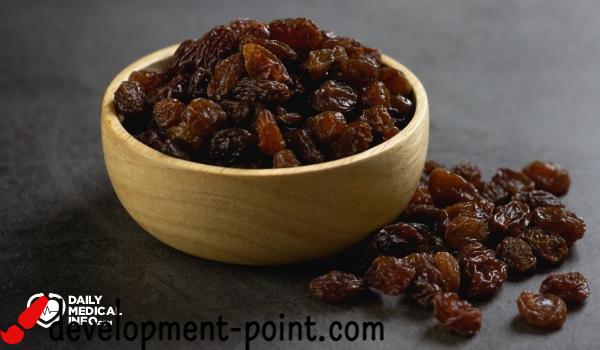Pain of cesarean section after years: what are its causes?
You can feel the pain of a cesarean section years after performing it as one of its rare complications, but what are the reasons? How can this pain be treated or relieved? All of this you will discover by continuing to read this article.
The pain of a cesarean section after years
After the cesarean section, you feel pain in the wound for 2 to 6 weeks until the wound heals and you recover completely, but sometimes rare complications may occur, which is your feeling of cesarean section pain after years, but what are the causes and symptoms of that pain?
Causes of cesarean section pain after years
It may be the result of the formation of scar tissue in place of healthy tissue that was damaged during a cesarean section, or a serious injury or other surgery, which causes tissue damage and then that scar tissue forms.
At the beginning of the formation of scar tissue in the place of the damaged tissue, it is not painful at all, as a result of the destruction of the nerves with the damaged tissue in this area, so you do not feel pain at that time until the nerve endings begin to regenerate, so you begin to feel pain in the caesarean section wound after years.
The pain you feel can also vary in intensity depending on the initial wound as well as its location on your body.
Symptoms of cesarean section pain after years
Sometimes scar tissue can be painless, when it comes to scar tissue on your skin, you may notice that it has a thicker texture compared to the rest of your body and nothing more.
Other times, the external scar tissue can be painful. Some symptoms of scar tissue pain include:
- sensitivity to touch.
- Inflammation (swelling).
- Itch.
- redness.
- palpitations.
- Sounds or sensations (stridor).
- Low range of motion.
Scar tissue that you can’t see may have formed due to internal wounds, surgeries, or an underlying disease. You may continue to feel pain and stiffness at these sites, especially if scar tissue begins to affect the surrounding joints. This is the case with scar tissue on the knee or spine, as well as scar tissue that forms after facial surgeries, or from medical procedures such as a hysterectomy.
Cure the pain of cesarean section after years
Despite your level of pain, there are types of treatments available for scar tissue and its uncomfortable symptoms and appearance. You can talk to your doctor about the following methods:
Corrective or removal surgeries
Scar tissue on the skin can be corrected with plastic surgery techniques such as excision or skin grafting. These may be viable options if you have major aesthetic concerns along with pain, and may be applicable with third-degree burns or serious cuts from an accident or other injuries.
The downside of corrective surgery is that the operation can lead to additional scars such as keloid scars, so the plastic surgeon will determine if the new scar will be much less significant than the original scar tissue, and if yes, correction or removal techniques can bring more damage. The comfort that can outweigh the risk of additional scarring.
Dermatological procedures
Scar tissue from burns, cuts and severe acne can respond to abrasion or laser treatment, however you will need multiple sessions over several weeks or months.
The downside to dermal procedures for scar tissue is that they can temporarily make the area appear more visible. Mild pain and swelling is also possible, and these symptoms disappear within a few days of the procedure.
Topical solutions
Certain areas of your skin can also respond to topical treatments for scar tissue, such as those containing the antioxidant vitamin C. However, while these treatments may work well for minor scars, large areas of scar tissue may require more aggressive treatments from a dermatologist.
Other options available
- An antihistamine cream, especially if the scar tissue is relatively new and very itchy.
- Injections.
- adhesion barriers.
- compression techniques.
- massage.
- Graston manual therapy technique.
- physical therapy.
- Exercising, including stretching.
Notice; You should discuss the available treatment solutions with your doctor and ensure that they are compatible with your health condition.
In the end, and after knowing, dear reader, the cause of the pain of the caesarean section after years, the symptoms and methods of treatment, you should not neglect what you feel and quickly go to the doctor to examine you to prevent any complications that may be serious, and we wish you a speedy recovery and continued health and wellness.

